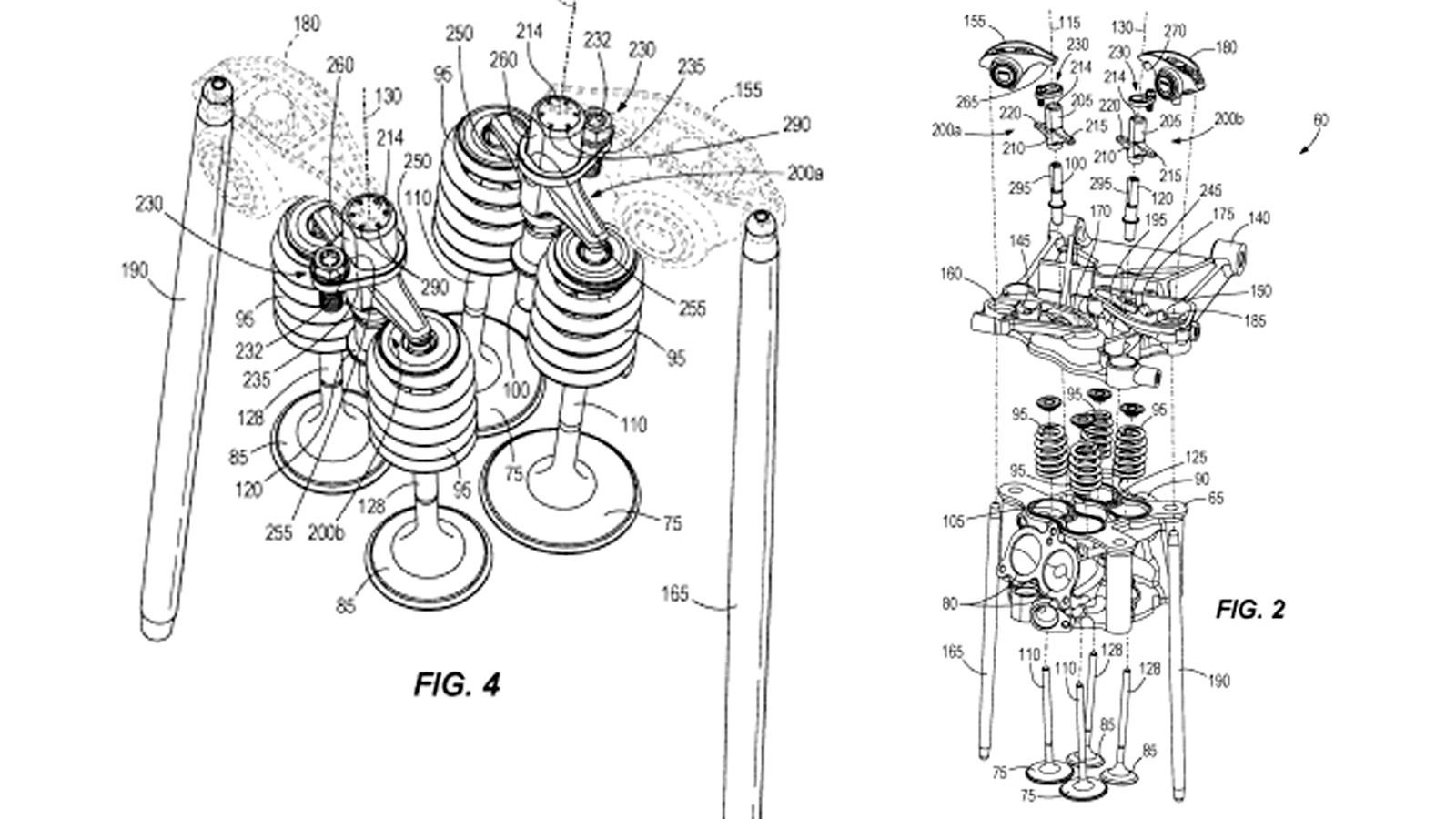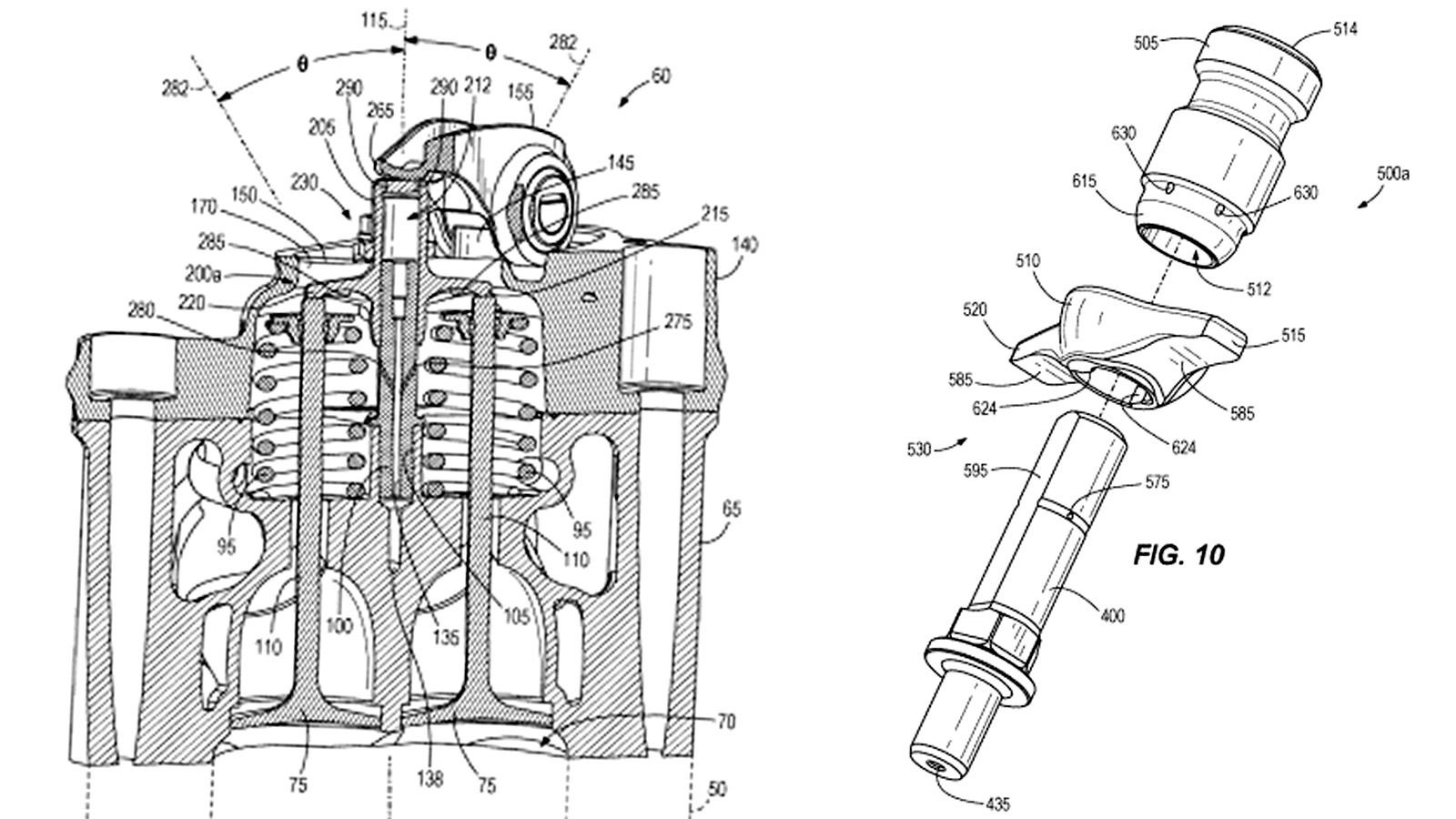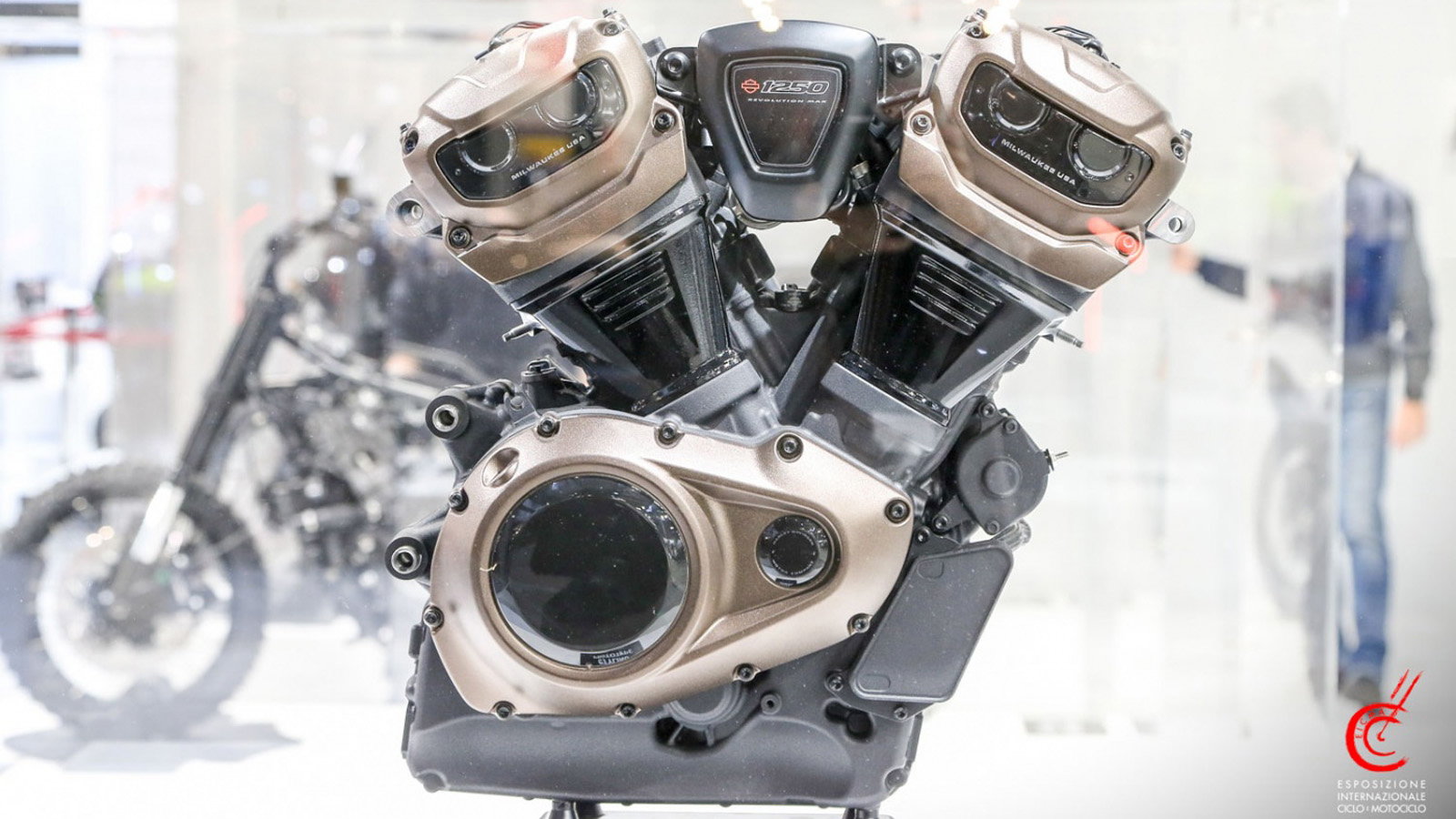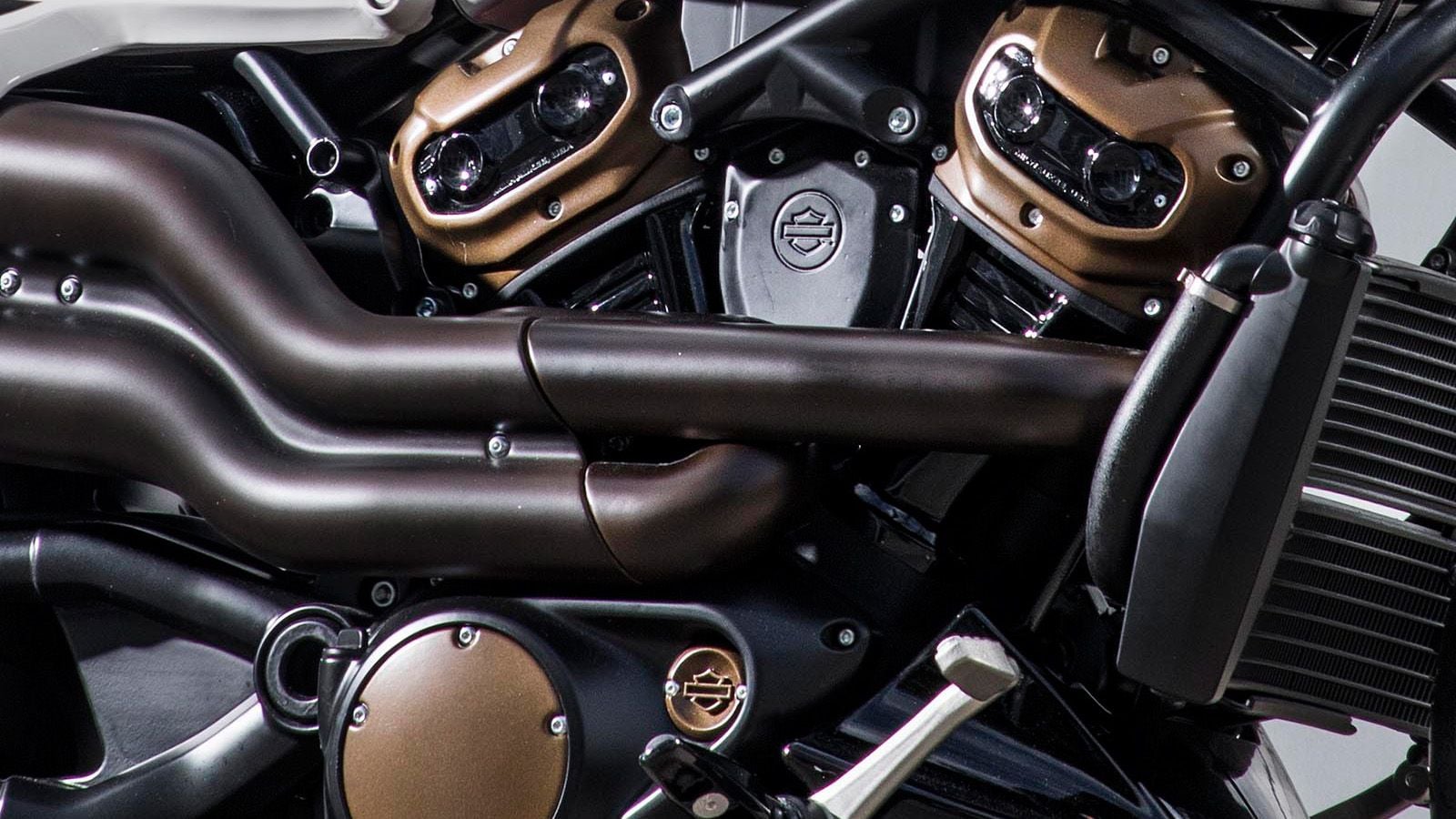Harley-Davidson's New Liquid-Cooled Engine
The DOHC Revolution Max has patented innovations that we are very excited to see on the pavement.
















Revolution Max
Harley-Davidson's foray into future models is finally coming to fruition with an all-new powerplant. At the November 2019 EICMA Motorcycle Show in Milan, Spain, the Motor Company unveiled their new Bronx 'streetfighter' and the Pan America ADV. Both machines will be powered by the Revolution Max, a new liquid-cooled 60-degree V-Twin — 975cc in the Bronx, and 1,250cc in the Pan America.
Registered Design
There is very little difference between the registered design and the concept images. Revolution Max drawings were first filed with the European Union Intellectual Property Office in January of 2019. Harley-Davidson then submitted a patent application with the U.S. Patent and Trademark Office in February 2019, but it was only published in August. As of April 2019, the Revolution Max design was fully registered.
>>Join the conversation about HD's new liquid-cooled engine right here in the Harley-Davidson Forum!
Single Rocker Arm
The Revolution Max is a middle-weight unit engine that will presumably replace the current Sportster Evolution motor — at some point. One of the most obvious visual changes in the new motor is the positioning of the pushrods on either side of the cylinders. The new DOHC engine now has four valves per cylinder, but instead of rocker arm shafts, the pushrods each open a single rocker arm.
>>Join the conversation about HD's new liquid-cooled engine right here in the Harley-Davidson Forum!
Valve Bridge
When a pushrod moves up, the rocker arm pushes down on a valve bridge that pushes the two valves down at the same time. The problem with valve bridges is that they have to remain in proper alignment, otherwise the bridge arms may miss the valve stems. Harley-Davidson's patent seeks to address this potential problem by employing measures to prevent the valve bridges from rotating out of line.
>>Join the conversation about HD's new liquid-cooled engine right here in the Harley-Davidson Forum!
Patent Reveal
As the valve bridge slides up a fixed shaft keeps it moving in the right direction, while a fastener prevents it from rotating. As a result, the valves are able to continue moving in unison even as engine speeds increase. The patent also claims the valve bridges will be easy to maintain by simply lifting the rocker arms and removing the fastening screw.
>>Join the conversation about HD's new liquid-cooled engine right here in the Harley-Davidson Forum!
Engine Speed
The new models, along with the new cross-platform engine, are expected to roll-out starting in 2020. Harley-Davidson claims that the Revolution Max will be able to attain higher engine speeds than the Evolution and the Milwaukee-Eight. Known bridge-type valve trains can only reach a maximum speed of 4000 rpm, but according to the patent, the new engine's expected speed will be between 6800 to 7000 rpm.
>>Join the conversation about HD's new liquid-cooled engine right here in the Harley-Davidson Forum!
Pushrod Engine
The Revolution Max is a significant departure for Harley-Davidson but comes with few specifications. Apart from the valve system, the patent does not reveal much about the rest of the engine — apart from the exterior form. What the patent does confirm, is that Harley-Davidson is not ready to give up on OHV pushrod engines just yet — evident by this latest liquid-cooled engine launch.
>>Join the conversation about HD's new liquid-cooled engine right here in the Harley-Davidson Forum!
Competitive Future
There is a hint of what to expect performance-wise. The Revolution Max is expected to produce more than 145 horsepower and 90 lb-ft of torque in the 1250cc configuration, and 115 horsepower and 70 lb-ft of torque from 975cc version. The motor is also counter-balanced for smooth operation. It appears that the Revolution Max is poised to power an exciting and competitive future for Harley-Davidson.
>>Join the conversation about HD's new liquid-cooled engine right here in the Harley-Davidson Forum!
For help with DIY service of your bike, check out the how-to section of HDForums.com

